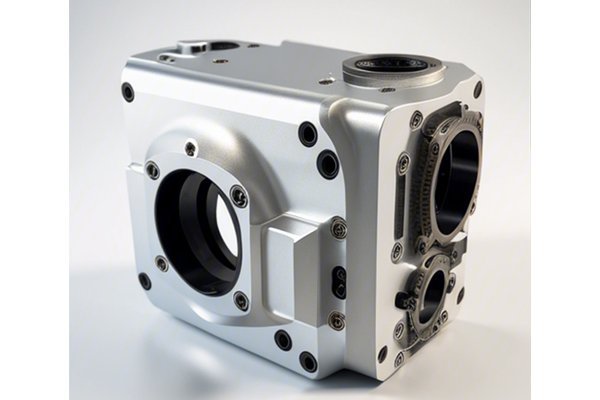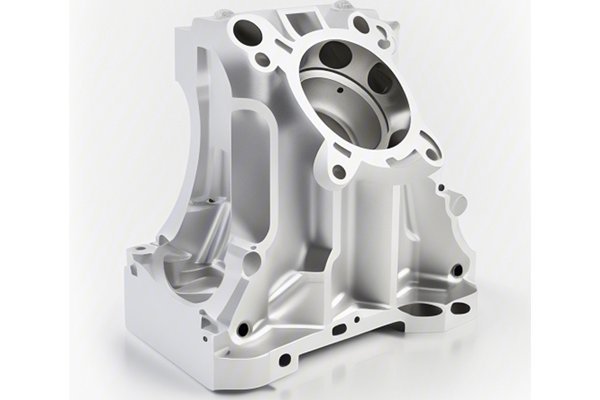In the rapidly evolving industrial landscape, CNC (Computer Numerical Control) machining has emerged as a game-changer for manufacturers seeking precision, efficiency, and adaptability. However, navigating the complexities of CNC machining can be daunting. Whether you’re an intricate design engineer or a seasoned operator, you may encounter challenges that require expertise and strategic planning.
In this comprehensive guide, we at YL Machining aim to shed light on the most pressing difficulties faced in CNC machining and offer insight into effective optimization strategies. From practical solutions to real-world scenarios, we’re here to ensure you not only understand the landscape but can also thrive within it. Our goal is to empower you with knowledge, enhance your machining capabilities, and, ultimately, boost your competitive edge.
1.1 What is CNC Machining?
CNC machining refers to the automated process of manufacturing parts using pre-programmed computer software to control machinery tools. This technology can perform various operations such as drilling, milling, turning, and grinding with extreme precision and speed, eliminating human error and ensuring uniformity.
1.2 The Importance of CNC Machining in Manufacturing
The digital revolution has revolutionized the way industries operate, and CNC machining stands at the forefront of this transformation. Here’s why CNC machining is indispensable:
1.3 Components of CNC Machining
The CNC machining process encompasses several key components:

2.1 High Production Costs
One of the primary challenges that manufacturers face is managing production costs. Factors such as machine maintenance, labor, and material costs can accumulate, threatening profit margins. For YL Machining, data analytics is crucial in identifying cost drivers and implementing strategies to lower expenses while maintaining quality.
2.2 Quality Control Issues
Quality assurance is paramount. Defects arising from poor CNC machining can lead to rejected components, increased rework, and significant financial losses. It is essential to implement rigorous quality checks throughout the production cycle using statistical process control (SPC) methods to mitigate these risks.
2.3 Lead Time Management
In today’s competitive landscape, customers demand quick turnaround times without compromising quality. Efficient lead time management is essential. Streamlining processes, optimizing workflows, and employing just-in-time (JIT) strategies can significantly enhance lead time.
2.4 Machine Downtime
Unscheduled machine downtime can be a significant setback for CNC operations. Predictive maintenance, which uses data from machines to anticipate failures and schedule maintenance before issues arise, is a proactive solution to this problem.
2.5 Difficulty in Component Design
Design complexity often hinders efficient CNC machining. Inadequate designs can lead to complex setups, increasing the risk of errors and inefficiencies. Effective communication between design and manufacturing teams is vital to address such challenges.
2.6 Tool Wear and Maintenance
As tools undergo wear and tear, their effectiveness diminishes, affecting the quality of the final product. Establishing a tool management system enables routine checks and replacements, ensuring optimal performance.
3.1 Implementing Advanced Software Solutions
Investing in sophisticated CAM (Computer-Aided Manufacturing) software can enhance CNC programming and machining efficiency. These software solutions help optimize toolpaths, reducing cycle times and invasive cuts.
3.2 Adopting Automation and Robotics
Integrating robotics into CNC machining can greatly reduce labor costs and increase consistency. Automated processes can enhance efficiency and free up skilled labor for more nuanced tasks.
3.3 Process Standardization
Standardizing operational procedures is crucial for consistency. Implementation of standardized operating procedures (SOPs) helps eliminate variability and ensures predictable results.
3.4 Training and Workforce Development
Upgrading employee skills through ongoing training is essential. Empowering workers with knowledge on the latest technologies and practices leads to higher efficiency and adaptability.
3.5 Continuous Improvement Practices
Implementing Lean Manufacturing principles fosters a culture of continuous improvement. This strategy focuses on eliminating waste and enhancing production processes to improve overall productivity.
4.1 Case Study: Aerospace Component Production
A leading aerospace manufacturer approached YL Machining to optimize their CNC processes. By adopting automation and data analytics, they reduced their cycle time by 30%, thereby expediting their production without sacrificing quality.
4.2 Case Study: Medical Device Manufacturing
In collaboration with a medical device company, YL Machining implemented predictive maintenance strategies that decreased machine downtime by 40%, significantly boosting production rates and ensuring rigorous quality checks.
4.3 Case Study: Automotive Parts Production
An automotive manufacturer faced challenges with high scrap rates during CNC machining. After a thorough review of their processes, YL Machining introduced advanced software solutions and training programs, resulting in a 25% reduction in scrap and improved profitability.
In the fast-paced world of CNC machining, understanding and overcoming challenges is crucial for success. At YL Machining, our commitment to innovation, continuous improvement, and quality assurance positions us as a leader in the industry. By leveraging the insights and strategies outlined in this article, manufacturers can embrace the complexities of CNC machining, optimize their processes, and ensure their future growth and sustainability.
As technology continues to evolve, the opportunities within CNC machining will only expand. We encourage all stakeholders to keep investing in their knowledge and resources to stay ahead of the curve. Together, let’s shape the future of manufacturing.
Feel free to reach out to YL Machining for tailored solutions and expert guidance to navigate the CNC machining landscape. Your success is our passion.






